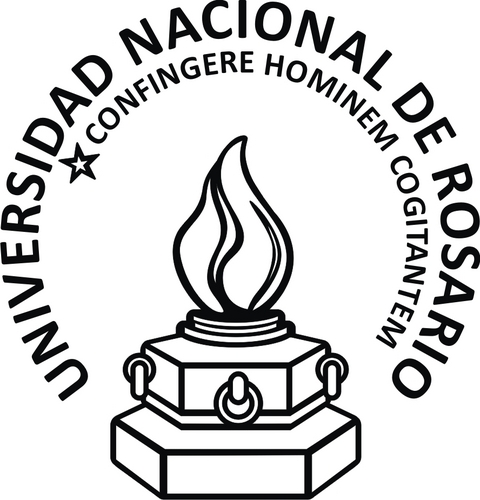Below is a summary of the abstract you submitted. Presenting author(s) is shown in bold.
If any changes need to be made, you can modify the abstract or change the authors.
You can also download a .docx version of this abstract.
If there are any problems, please email Dan at dar78@pitt.edu and he'll take care of them!
This abstract was last modified on March 14, 2024 at 3:18 p.m..

Microbacterium foliorum is a type of bacteria that belongs to the genus Microbacterium and phylum Actinobacter, one of the largest bacterial phyla known. This bacterium has been isolated for the first time from grasses in Germany. During the second semester of 2023, a group of three seniors and seven freshmen students from both Biotechnology and Biochemistry majors at the Universidad Nacional de Rosario participated in the Discovery phase of the SEA-PHAGES program. A total of 30 soil samples were collected from different regions of Santa Fe province in Argentina. Out of these samples 25 contained phages for this specific host were recovered by direct isolation procedures. From this point on, each student selected one of the discovered phages and proceeded to the purification phase. Out of the 10 isolated phages that were selected, 86% displayed clear plaques while the remaining 14% produced turbid plaques. All the plaques had a round morphology with diameters ranging from 1 to 4 mm. It is worth noting that 71% of the plaques did not present a surrounding halo, while the other 29% did, indicating the putative presence of depolymerase activity. During the consecutive purification rounds some phages were lost, despite efforts to recover them and numerous tests performed to identify the cause. However, no conclusion could be reached. At the end of this phase only 5 phages remained. Electron microscopy was used to further characterize the phages The images obtained revealed that the phages possess tails within a range from 121 nm to 140 nm and icosahedral heads, which are characteristics that are compatible with the Siphoviridae family. Phages Byron23 and Quadri were selected for sequencing, due to their successful purification and high DNA titer. Quadri’s DNA sample turned out to be a mix of phages belonging to cluster EC phage and cluster EA1. On the other hand, Byron23 was successfully sequenced. It showed clear lysis plaques with a hazy halo around them, a tail size of 121 nm, and a head diameter of 41 nm. The sequencing revealed that Byron23 contained only one phage assigned to an EA cluster. The course is currently in its second phase which involves analyzing and annotating the sequence of the isolated phage. The objective is to characterize the bacteriophages that infect Microbacterium foliorum in the province of Santa Fe in Argentina. The findings of this study could contribute to a better understanding of the diversity and morphologies of phages spread over the earth.
